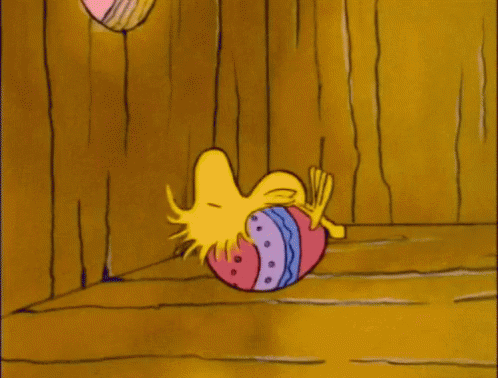Bom. A questão do ensino secundário toca-nos muito de perto. [...] Há quem exija diplomados capazes de se entregar imediatamente a carreiras técnicas de formação rápida: o país está necessitado de químicos, de físicos, de mecânicos... Há quem o deseje para que os seus filhos se promovam socialmente, quer dizer... para que atinjam uma situação superior à atingida pelos seus pais ou para que se mantenham na destes. Há, por último, uma minoria que aspira a um ensino secundário formativo em sentido amplamente humano, a um conjunto de estudos que confira aos estudantes uma visão do mundo completa e suficiente.
Os primeiros defendem um ensino secundário especializado quase desde o princípio; consideram-no como uma propedêutica para estudos superiores. Os segundos, um ensino secundário simples, que facilite a ascensão sem grandes esforços mentais. Os últimos, hoje batidos em retirada, são partidários de estudos difíceis e aparentemente inúteis.
Gonzalo Torrente Ballester, Memória de um Inconformista; crónica de 1965.









